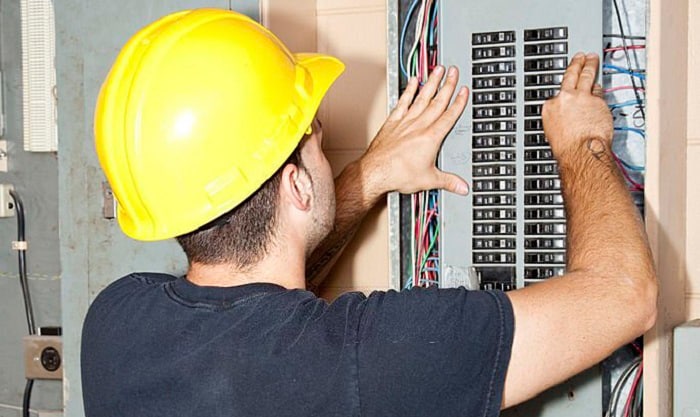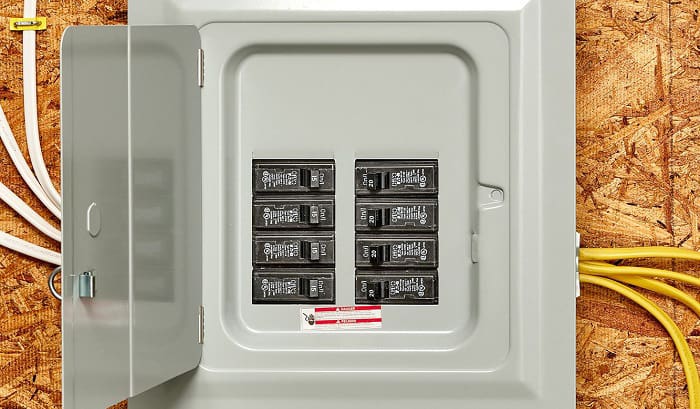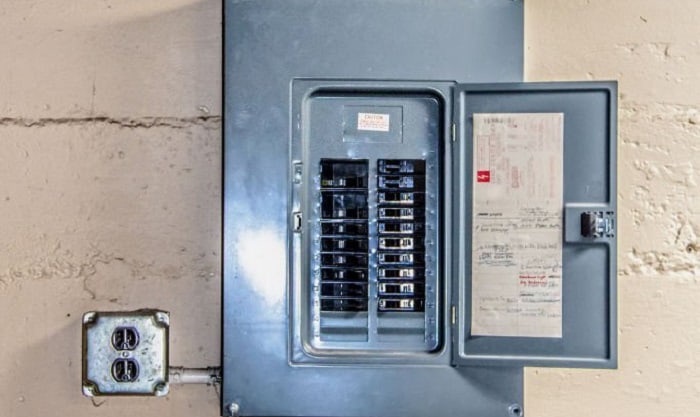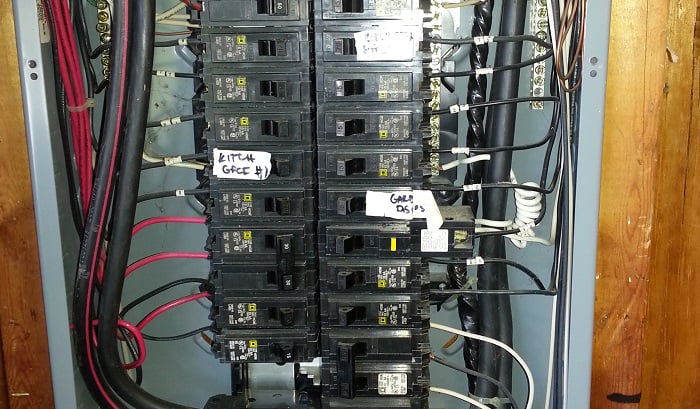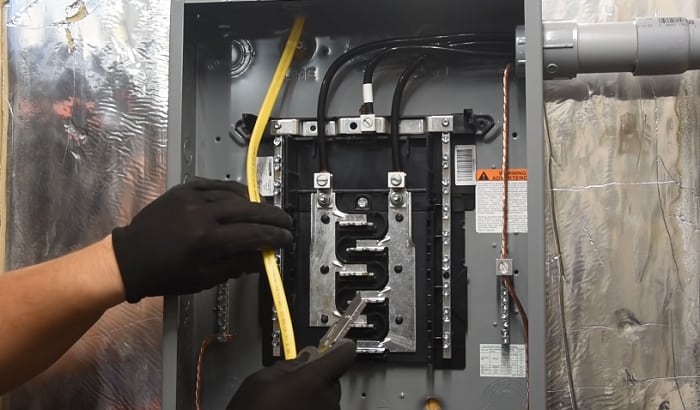Electric panels help supply and control electrical currents to connected appliances, machines, and electronic devices. But it’s also important to know the differences between a sub panel vs main panel.
The main panel and a sub panel have similar responsibilities. But perhaps one of the main differences between the main load center vs sub panel is that the former can fit more circuit breakers than the latter.
Keep in mind that this particular comparison isn’t the only difference to find when comparing main and sub panels. So continue reading to gain additional insight into this matter.
Table of Contents
What is a Sub Panel?
A subpanel breaker box manages and supplies electricity to specific areas of a property. Also called a satellite breaker panel, it often has fewer circuit breakers than a main electric panel.
Since it often controls and provides electrical currents to a specific area, a subpanel looks like a smaller version of the main circuit breaker box.
What is a Main Panel?
The main electrical panel houses all of the circuit breakers for the residence or establishment. You can find the main circuit breaker, which you can shut off to cut the power received from a utility power source.
However, some main service panels don’t have circuit breakers. Instead, these old models have fuses, which aren’t repairable if they trip.
Pros and Cons
Both a main service panel and sub panel will typically have distinct advantages and shortcomings. These characteristics generally come from different factors, such as the panel’s brand and materials used.
Here are some examples of the pros and cons of the main lug panel and a sub breaker box:
Electrical Main Panel
- Can provide large currents to high-powered devices, often has 40 slots
- Can accommodate a broad range of circuit breaker models
- May offer high water resistance, particularly for outdoor use
- Can be expensive, especially those that can cater to three-phase systems
- If installed incorrectly, circuit breakers can look messy and overcrowded
- May be susceptible to corrosion if it doesn’t have the right protection
Subpanel Breaker Box
- Helps remove the strain placed on the main circuit breaker panel
- Assists in controlling the electrical currents of specific areas within a property
- Devices connected to other breaker boxes won’t become affected in case of power surges and short circuits
- Usually has up to 24 slots only
- Does not increase the amperage capacity of the power system
- Improper installations may cause double taps
Differences
Although both circuit breaker panels serve to manage and supply electrical currents, other differences exist when comparing main panel vs sub panel.
For instance, the main panel can work as a standalone enclosure for all the circuit breakers needed within a property. On the other hand, an electrical sub panel typically needs the main service panel for power.
Frequently Asked Questions
What Is The Point Of A Sub Panel?
You might also be wondering how a sub panel work. It connects to a double-pole breaker and receives electricity from the main panel, which it then distributes to its circuits.
When all slots in your main panel are filled and you need to add new breakers for your appliances, a sub panel can house these devices.
Plus, you won’t have to worry about issues like overloads and breakers frequently tripping if you install the circuit breaker sub panel correctly.
Do Sub Panels Require A Main Breaker?
A secondary electrical panel generally doesn’t need a main circuit breaker. It’s because the power fed to its circuit breakers typically comes from the main service panel.
That also means that you may control a sub panel’s breakers with the main breaker in the main panel. This connection often boils down to proper main panel wiring, ensuring that the components work as intended.
But you can still use a sub panel with main breaker, especially if the main load center and the secondary panel are too far apart.
Can A Sub Panel Have More Amps Than A Main Panel?
If wired correctly, a sub service panel can have more amps than a connected main breaker box. But, an important requirement here is that the feeder breaker needs to have the correct size, so you can feed a subpanel from a main panel without issues.
Moreover, make sure not to overload the main breaker box. For example, if you have a 200A main service, you may install more than 200A in your secondary panel, but you should not use more than 160A at once.
How Do You Know If You Need A Sub Panel?
The need for a new sub panel or adding a second breaker box typically boils down to specific requirements. Some of the reasons why you should add another sub panel or breaker box to your property are:
- You can’t fit another circuit breaker in the main service enclosure
- You’re installing new electronics
- You’re adding a new area in your property that requires a dedicated breaker box
Do You Need To Upgrade The Main Panel Or Add A Sub Panel?
If you’re thinking about adding a new subpanel vs panel upgrade, the latter option is often the ideal choice.
That said, installing a larger main service panel than the current enclosure may present issues, such as the need for a bigger space for the new enclosure.
Below are the reasons for setting up a secondary panel or upgrading your mains. See which list reflects your situation better:
| New main panel | New sub panel |
|
|
However, it may also boil down to preference. So it’s best to take the time in thinking about adding a subpanel vs new panel before finalizing your preferred electrical wiring setup on your property.
Tip: It’s possible to use a main panel as a sub panel with the correct setup. Just don’t bond the neutral and the ground.
Conclusion
Now that you’re at the end of this post, you should now have a better idea of the comparison between sub panel vs main panel. Remember, the main panel can work without the sub panel. But the sub box may not work without the main enclosure.
With your understanding of these items, you can use both to set up your electrical system.
Read next:

I am Edwin Jones, in charge of designing content for Galvinpower. I aspire to use my experiences in marketing to create reliable and necessary information to help our readers. It has been fun to work with Andrew and apply his incredible knowledge to our content.

